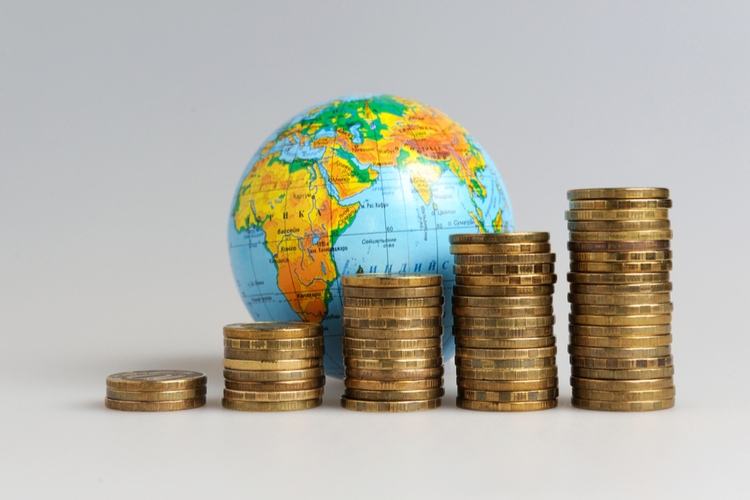From Isaac Anumihe, Abuja
The Economic Community of West African States (ECOWAS) says that Africa accounts for only 2.4 per cent of global Gross Domestic Products (GDP) and the continent has approximately 30 per cent of the earth’s remaining mineral resources.
In his presentation at a one-day workshop for journalists, organised by AfCFTA in Abuja, a consultant to the ECOWAS Common Investment Market (ECIM), Professor Jonathan Aremu added that Africa also has the largest reserves of precious metals with over 40 per cent of the gold reserves, over 60 per cent of cobalt and 90 per cent of platinum reserves.
However, Nigeria’s potential to become a major player in the global economy, by virtue of its market size, human and natural resource endowments, has never been in doubt but this potential has remained relatively untapped over the years.
To this extent, African Continental Free Trade Area (AfCFTA), the first in the series of the African Economic Community (AEC) economic integration initiatives, provides an opportunity for an expanded market for goods and services for Nigerians by building on the progress achieved through similar Free Trade Area (FTA).
For him, the experience Nigeria has gained from Economic Trade Liberalisation Scheme (ETLS) – the regional FTA – becomes an important platform for her in the implementation of AfCFTA towards her economic diversification, export expansion and competitiveness towards sustainable growth, creation of sustainable jobs and reduction of poverty, as well as industrialisation.
“Nigeria has been playing prominent roles in the historical development of African economic integration since the beginning up till the current AfCFTA of today. When the OAU was established on May 25, 1963, Nigeria was among the 30 out of the 32 independent African States’ founding fathers. However, there were sharp differences over what appropriate roadmap the continental unification should follow: Some revolutionary states such as Ghana, Guinea, Algeria, Mali, Egypt, among others, wanted a more radical approach that would lead to the formation of a United States of Africa; while other more moderate governments advocated for a gradualist roadmap that would not threaten the existing ties with former colonial masters and their institutions in the various countries” the consultant, said.
The professor also noted that with over $420 billion Nigeria is the largest economy in terms of GDP in Sub-Sahara Africa.
“With about $420 billion, Nigeria is the largest economy, in terms of Gross Domestic Product (GDP) in Sub-Sahara Africa (SSA). Between 2010 and 2021, Nigeria’s GDP growth rate averaged 3.2 per cent while SSA averaged 3.0 per cent. Between 2010 and 2015, Nigeria’s GDP grew by 5.5 per cent driven by high crude oil prices which sold at an average price of $84.7 per barrel during the period. However, by 2016 and 2021, Nigeria’s economy grew at a much slower average rate of 0.3 per cent witnessing two recessions in between the period. First recession occurred in 2016 and output growth declined by 6 per cent as crude oil prices crashed by as much as 50 per cent in 2015
“Both the agriculture and services sectors have largely driven economic growth in Nigeria within the last decade compared to the industrial sector. Agricultural growth remained positive between 2010 and 2015, albeit with a declining growth rate from 5.8 per in 2010 to 3.7per cent in 2015 which further declined to 2.2 per cent in 2020 and 2.1 per cent in 2021. For the services sector, Year 2013 and Year 2014 were the highest growth years within the last decade with annual growth rates of 8.4 per cent and 6.8 per cent, respectively, but this position declined afterwards. In 2014, 2018 and 2019 services grew in parallel with the industrial sector. However, between 2010 and 2014, all three sectors witnessed substantial growth. From 2015 to 2020, the growth stunted (more pronounced in 2016) across these sectors due to the global economic meltdown as well as the COVID-19 pandemic,” he said.



